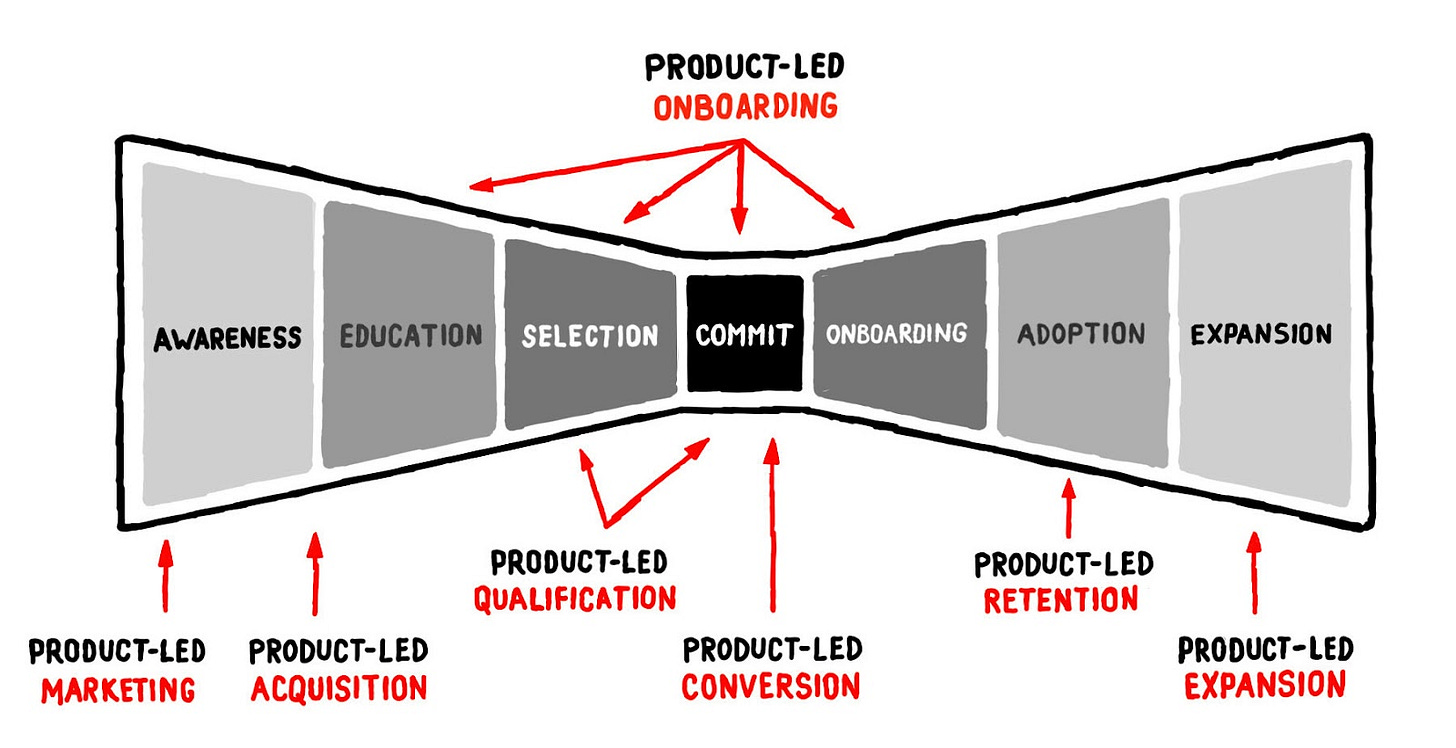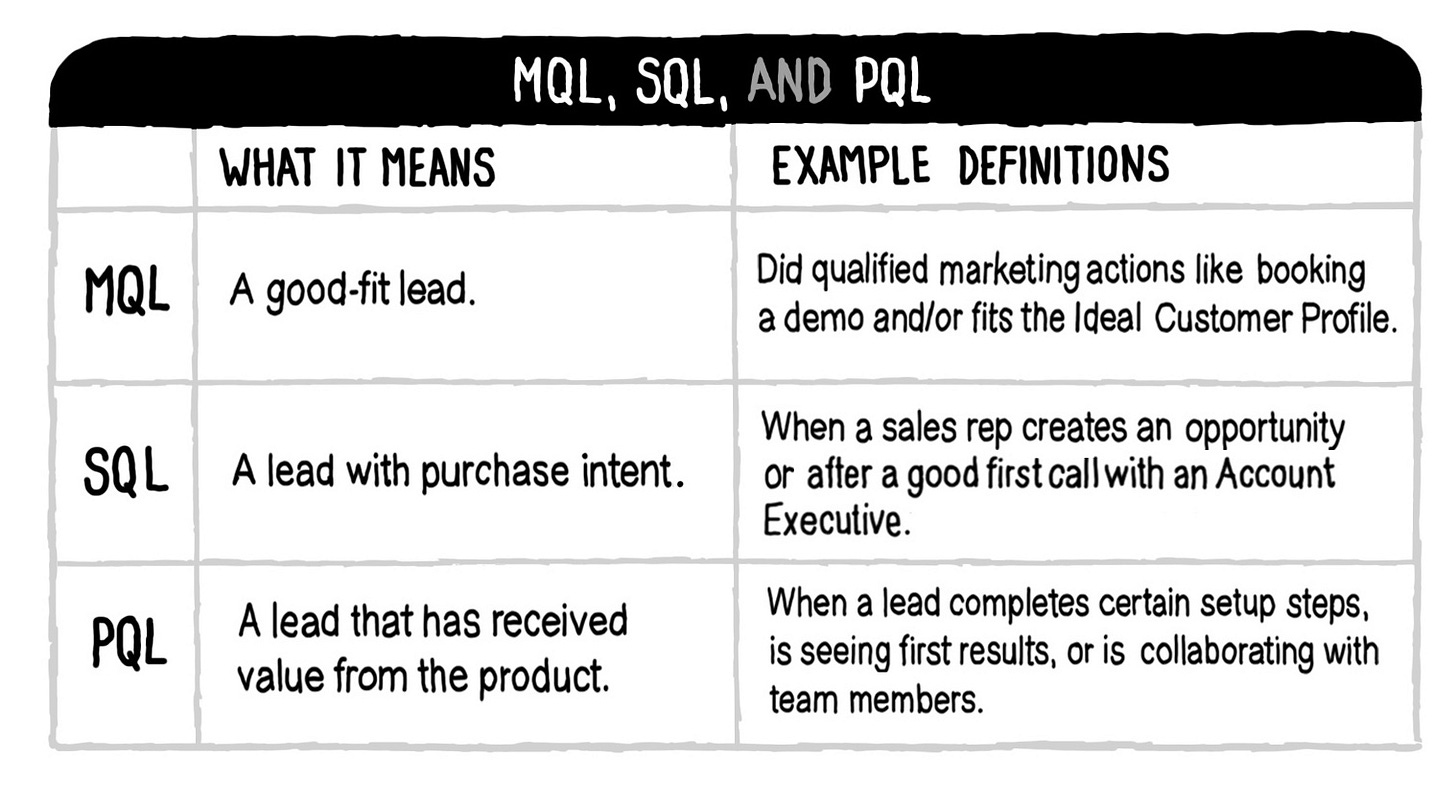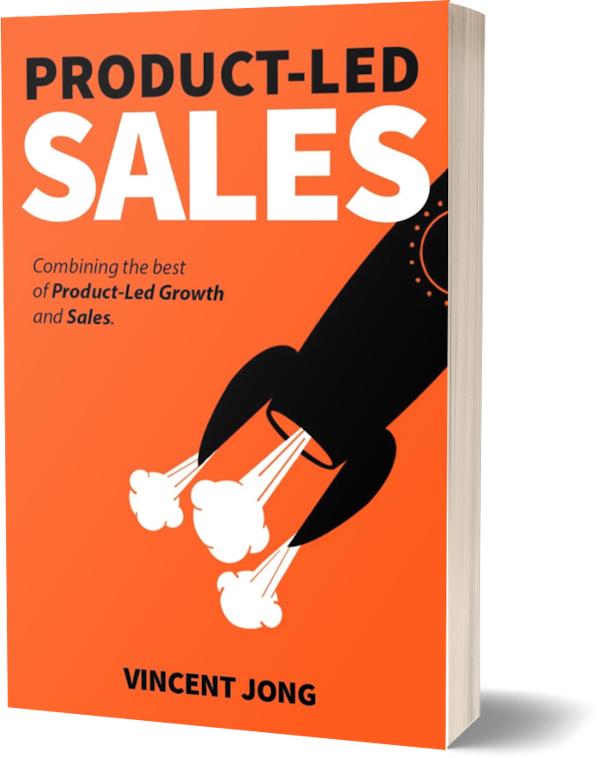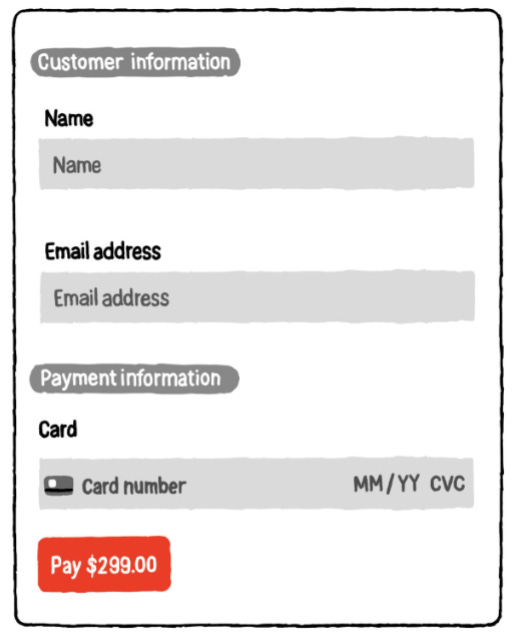PM Career Booster: Develop Your Go-To-Market Skills
In today's tough job market, strong GTM skills are essential for PMs | 🎁 Free e-book for premium subscribers
Hey, Paweł here. Welcome to the free archived edition of The Product Compass!
Every week, I share actionable tips and resources for PMs.
Consider subscribing and upgrading your account for the full experience:
Today, our guest is Vincent Jong, CPO at Dealfront and author of Product-Led Sales (an Amazon #1 bestseller). He is one of the world’s leading experts in Product-Led Sales.
Read till the end, you will not regret :)
In today's tough job market, product marketing skills are more crucial than ever for Product Managers (PMs). Top PMs distinguish themselves by mastering Go-To-Market (GTM) strategies, understanding how customers discover and engage with their products, and knowing what drives purchasing decisions.
Many leading companies emphasize the importance of PMs collaborating on or owning the GTM strategies. Job descriptions often highlight this expectation:
DocuSign, Principal Product Manager - Financial Services: “Collaborate with Marketing (...) on successful go-to-market and product adoption”
Figma, Product Manager, Enterprise: “(…) collaborating on marketing, messaging, positioning, and go-to-market plans”
Google, Product Manager II, Gemini: “Deep understanding of product development and Go-to-Market”
Substack, Product Manager: “Fully own the product marketing and go-to-market strategy for everything your team ships”
These examples highlight an industry expectation: PMs must excel in both product development and GTM strategies. Strong GTM skills are essential for advancing your PM career.
However, over the past few years, many PMs have drifted away from the GTM process, focusing only on customers once they start onboarding. This was once a core part of a PM's skill set, and it's time to bring it back.
I predict that within the next decade, every software company will incorporate some level of Product-Led Growth into its GTM strategy. Most will adopt a hybrid approach—a concept I've detailed in my book on Product-Led Sales. Clearly, there's a growing need for PMs to refocus on this area.
What Does It Mean for a PM to Work on the Go-To-Market Motion?
Understanding the GTM motion means you understand the process your marketing and sales team are running to bring new customers in. In my book, I refer to the revenue bow tie model by Winning by Design, which illustrates the customer journey for a software-as-a-service business.
When you map the different types of Product-Led Growth to this model, it becomes clear how much impact the product can have on the success of your Go-To-Market:

But for some reason, PMs often don’t see a role for themselves in that part of the business. They will respond to feature requests from sales, but they won’t proactively look at the sales process to see if the product can be leveraged to improve results.
That’s a missed opportunity. The product perspective can drive immense value in the GTM process.
There are two types of problems you can look at:
Conversion Optimization—This is friction in the buying process that results in lower conversion rates. It can be any step, from landing page conversion to demo conversion to closing rates. Understanding the current performance and where the bottlenecks are will help you suggest product ideas that can help improve these numbers.
Efficiency Challenges—For a Go-To-Market motion to be successful, it has to be efficient. The sales team, therefore, often has efficiency challenges. For example, they might be able to spend time on customers who may not be able to convert to a lower contract value. Or they might need more information to decide which prospects to prioritize in their outreach. The product can help with this.
To make things easier, you don’t have to find these problems yourself. Simply ask your sales and marketing team where they are facing the biggest challenges to improve results, and they will point you right at it.
What Should a PM Know about the Go-To-Market Process?
To develop this skill, you must make yourself part of the GTM conversation.
Listen in on the pipeline reviews sales has, understand the process and conversion metrics, and start identifying where the bottlenecks are. Once you know that, you put your product mind to work to come up with solutions.
See if you can answer the following questions:
What are the main sources of leads?
What are the steps in the sales process?
What are the definitions of MQLs and SQLs?
What are the volumes of leads and conversion rates?
What do sales reps show on a sales demo?
What happens after a customer signs a contract?
What are our top 3 process challenges in winning customers?
With that last question, ensure you don’t get feature requests as an answer. You want to know the process challenges, not if any features are missing.
The answers to these questions will give you a foundational understanding of the GTM process in your company. Once you understand the bottlenecks, you can start ideating about how the product can help.
How Can Product Contribute to the GTM Motion?
There are many different ways the product can support the GTM motion. To illustrate, I will describe two common problems and how these can be approached. I will focus on those driving GTM efficiency since the conversion challenges are usually more straightforward.
Better qualified leads for the sales team
For a sales team to be successful, they need to optimize their time toward leads that are more likely to convert to customers. The product can help with this very well.
The concept of a Product Qualified Lead (PQL), for example, defines which usage behavior a user needs to have demonstrated before the sales team can engage with them. The table below shows how this relates to qualification standards like MQL and SQL:

At Dealfront, the Leadfeeder product has a very clear PQL definition: The user needs to have installed our tracking script on their website so we can start identifying website visitors.
Once this is done, there is a good chance of converting the user to a customer. We know that with the additional support of a sales team, we can more than triple the closing rate, so it’s a very healthy model.
If we did not use the PQL definition and just called every user, we would need many more sales reps, and the model wouldn’t be sustainable.
Other common user behaviors used to qualify are completing the account setup or inviting a certain number of colleagues.
As a PM, your role can be to help define the PQL definition and then drive as many PQLs as possible through the onboarding experience for the sales team to engage with.
Relieve the sales team from lower-value customers
Another way to help drive results for the sales team is to introduce a self-service path for customers with a lower contract value. That way, the sales team does not have to engage with these leads, but they can still become customers.
Since the sales team will not engage with these customers anymore, conversion rates will go down. That’s okay, though, if it’s not financially viable to have a sales rep engaged. A common customer segment for which companies do this is the Small and Medium Business (SMB) segment.
Our sales team at Dealfront faced a similar challenge. We introduced lower pricing for the SMB segment, but this put the metrics for the sales-supported model under pressure. While we were closing more deals, the value of these deals was lower. So, we are moving towards a lower-touch model and have the product guide the first part of the process.
The goal is that the sales team will eventually only focus on those SMB leads who performed qualifying behavior in the product (PQLs).
It’s important to note that we didn’t intend to implement a full self-service model for this right away, which allows people to buy without speaking to anybody. This is a separate consideration that comes later once we understand the new conversion metrics better.
Final Thoughts
Some companies have Growth PMs or teams focused on these topics, which is great. But they often prioritize the user journey over enabling the sales team. Growth teams are also more common in PLG companies and less so in sales-led ones, making GTM enablement an underserved product area.
When discussing this, understand what's important to your sales team. For instance, I often see PMs in enterprise companies suggest ideas to capture demand from smaller companies visiting their site. However, moving down-market is usually not a sales priority, which is why those smaller companies aren't targeted.
The easiest way to handle this is to ask for the top three priorities and the challenges for each. These will guide the support you get when developing new product ideas to improve Go-to-Market.
🔒 Free E-Book for the Premium Subscribers of The Product Compass
🎁 After discussing with Paweł how we can best support you, I’m offering an exclusive opportunity to readers of The Product Compass: Below, you can download a free digital copy of my book Product-Led Sales.

In the book, you’ll dive deeper into topics beyond what we covered in this post, including:
Four Core GTM Principles
Essential Strategies and Models Every PM Should Know
Reaching New Customers: Acquisition and Marketing
Converting Your Audience: Onboarding, Qualification, and Conversion
Retaining and Growing Existing Contracts: Retention and Expansion
Three Steps to Get Started
The book includes interviews with seven product leaders, including those you might know from Substack:
, , and :Keep reading with a 7-day free trial
Subscribe to The Product Compass to keep reading this post and get 7 days of free access to the full post archives.






